I would like to plot the results of a multivariate logistic regression analysis (GLM) for a specific independent variables adjusted (i.e. independent of the confounders included in the model) relationship with the outcome (binary).
I have seen posts that recommend the following method using the predict command followed by curve, here's an example;
x <- data.frame(binary.outcome, cont.exposure)
model <- glm(binary.outcome ~ cont.exposure, family=binomial, data=x)
plot(cont.exposure, binary.outcome, xlab="Temperature",ylab="Probability of Response")
curve(predict(model, data.frame(cont.exposure=x), type="resp"), add=TRUE, col="red")
However this does not seem to work for multivariate regression models. I get the following error when I add 'age' (arbitrary - could be any variable of same length) as a confounding variable;
> x <- data.frame(binary.outcome, cont.exposure, age)
> model <- glm(binary.outcome ~ cont.exposure + age, family=binomial, data=x)
> plot(cont.exposure, binary.outcome, xlab="Temperature",ylab="Probability of Response")
> curve(predict(model, data.frame(cont.exposure=x), type="resp"), add=TRUE, col="red")
Error in model.frame.default(Terms, newdata, na.action = na.action, xlev = object$xlevels) :
variable lengths differ (found for 'age')
In addition: Warning message:
'newdata' had 101 rows but variable(s) found have 698 rows
The above model is a simplified version of the models I'd like to run, but the principle is the same; I would like to plot the relationship between a binary outcome variable and a continuous exposure, independent of confounding factors..
It would be great to get either a workaround for the above, or an alternative way to view the relationship I am interested in. Many thanks.

